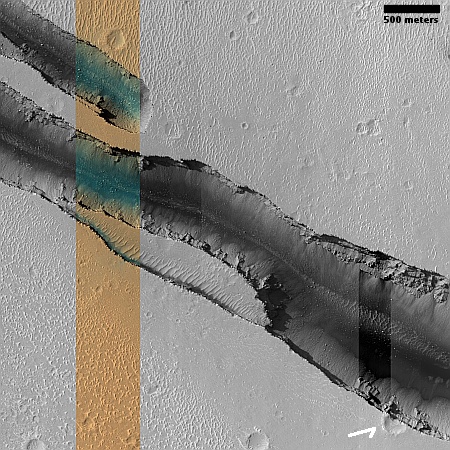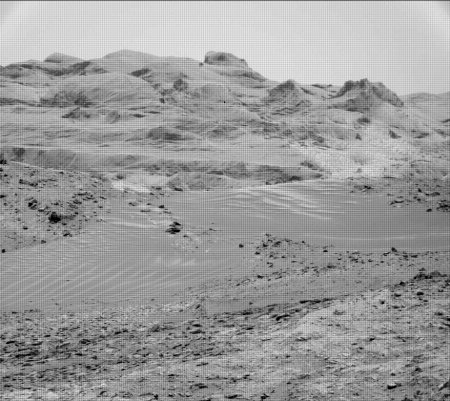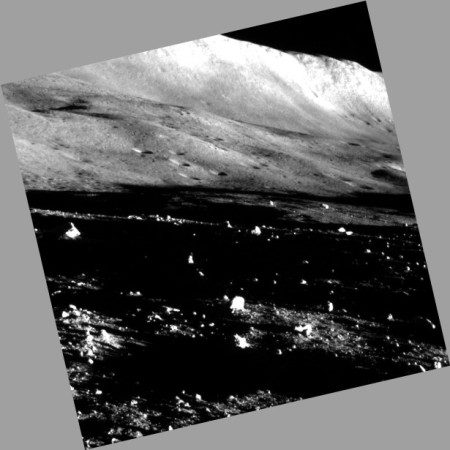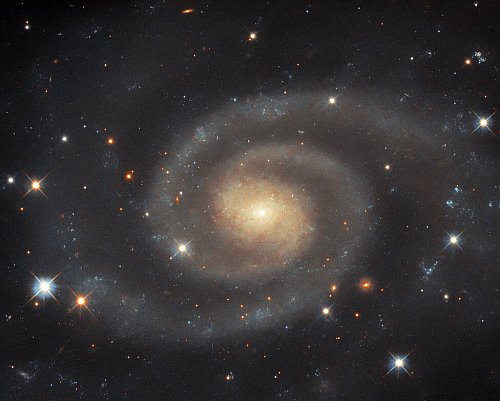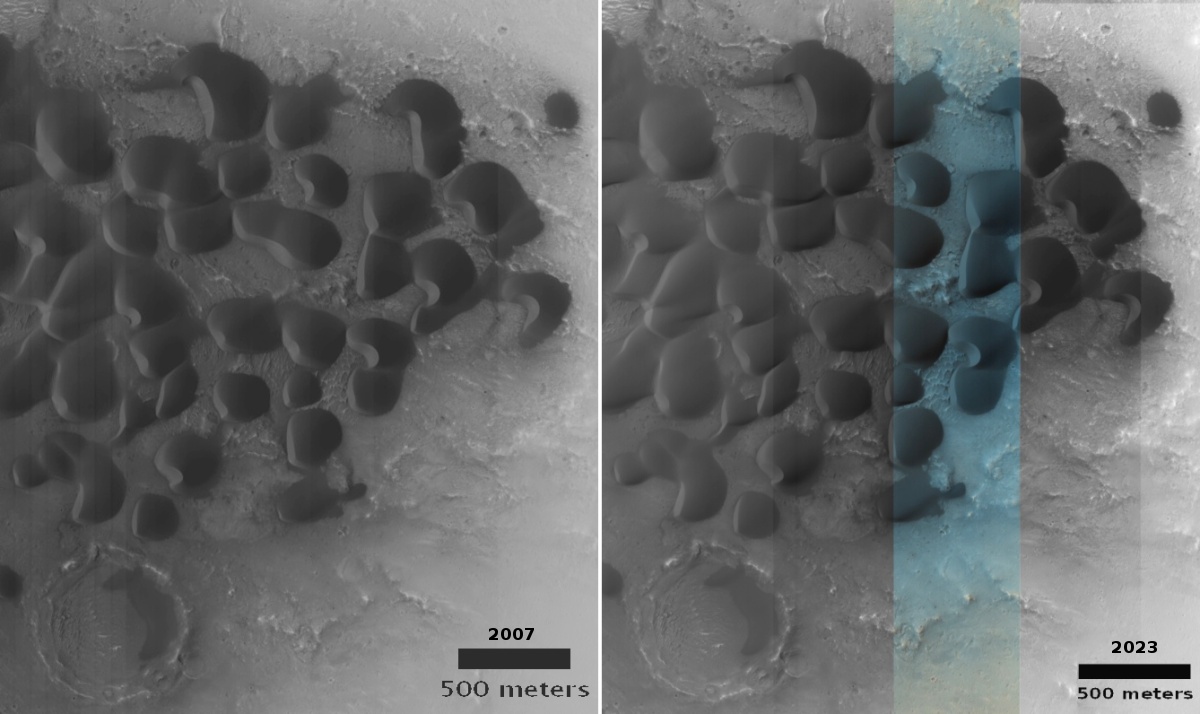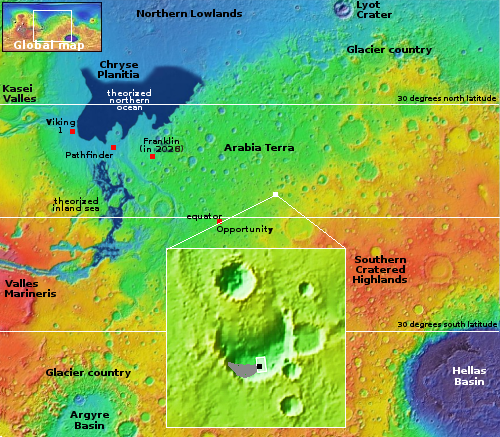A pin falls off Virgin Galactic’s mother ship during most recent passenger flight
Virgin Galactic has notified the FAA that a pin fell off its Eve mother ship, carrying its SpaceShipTwo Unity suborbital spacecraft, during most recent passenger flight on January 26, 2024.
Virgin Galactic said the alignment pin fell from its VMS Eve mothership aircraft, the plane that carries VSS Unity aloft. The pin is used to ensure Unity is aligned to Eve when mated during preflight preparations. After takeoff, the pin helps transfer drag loads from Unity into the pylon and center wing section of the aircraft. The alignment pin detached after Unity separated from Eve, although the company did not state how long afterwards the pin came off. The pin, along with a separate shear pin fitting assembly, do not play a role in flight activities after the release of the spaceplane.
The FAA states it will do an investigation before permitting more flights, but we know from a recent GAO report that it does no such thing. It simply observes the investigation by the company involved, and then rubber stamps it afterward. Nor is this wrong, as no one at the FAA is qualified to do such investigations, unlike the engineers at the company.
The investigation however might impact the next flight. The company has said it intends to end flights using Unity after then next three, and then stand down as it replaces it with its next generation spacecraft. This incident might force that stand-down to occur sooner.
Virgin Galactic has notified the FAA that a pin fell off its Eve mother ship, carrying its SpaceShipTwo Unity suborbital spacecraft, during most recent passenger flight on January 26, 2024.
Virgin Galactic said the alignment pin fell from its VMS Eve mothership aircraft, the plane that carries VSS Unity aloft. The pin is used to ensure Unity is aligned to Eve when mated during preflight preparations. After takeoff, the pin helps transfer drag loads from Unity into the pylon and center wing section of the aircraft. The alignment pin detached after Unity separated from Eve, although the company did not state how long afterwards the pin came off. The pin, along with a separate shear pin fitting assembly, do not play a role in flight activities after the release of the spaceplane.
The FAA states it will do an investigation before permitting more flights, but we know from a recent GAO report that it does no such thing. It simply observes the investigation by the company involved, and then rubber stamps it afterward. Nor is this wrong, as no one at the FAA is qualified to do such investigations, unlike the engineers at the company.
The investigation however might impact the next flight. The company has said it intends to end flights using Unity after then next three, and then stand down as it replaces it with its next generation spacecraft. This incident might force that stand-down to occur sooner.





